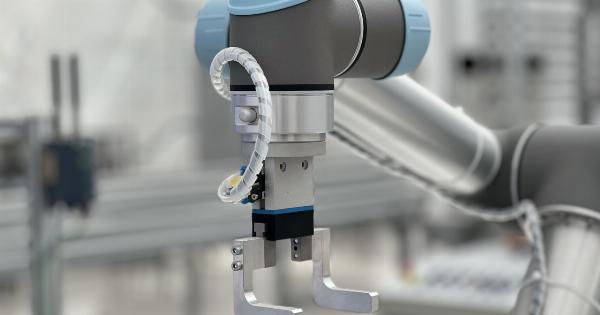Minimally invasive hip arthroplasty using the Anterior Minimally Invasive Surgery (AMIS) technique has gained popularity in recent years.
This advanced approach offers numerous advantages over traditional methods, including faster recovery, reduced pain, and improved patient satisfaction. In this article, we will explore the AMIS technique in detail and discuss its benefits and outcomes.
Understanding Hip Arthroplasty
Hip arthroplasty, also known as hip replacement surgery, is a surgical procedure performed to replace a damaged or worn-out hip joint with an artificial implant.
This procedure is commonly recommended for patients suffering from severe hip pain due to conditions like osteoarthritis, rheumatoid arthritis, or hip fractures.
The Traditional Hip Arthroplasty Approach
Conventionally, hip arthroplasty has been performed using the posterior or lateral approach, which involves making a sizable incision through the muscles and tissues at the back or side of the hip.
This approach requires detaching muscles, tendons, and ligaments, leading to longer recovery periods and increased pain post-surgery.
The AMIS Technique
The AMIS technique, on the other hand, takes a minimally invasive anterior approach. This means that the surgical incision is made at the front of the hip, allowing the surgeon to access the hip joint without having to detach any muscles or tendons.
By avoiding major muscle disruption, the AMIS technique can significantly reduce post-operative pain, decrease the risk of dislocation, and promote quicker rehabilitation.
Advantages of AMIS Hip Arthroplasty
The AMIS technique offers several benefits over traditional approaches to hip arthroplasty:.
- Reduced Pain: With minimal muscle disruption, AMIS leads to less tissue trauma and subsequently lowers post-surgical pain.
- Faster Recovery: Patients undergoing AMIS hip arthroplasty typically experience a quicker recovery and return to their daily activities.
- Shorter Hospital Stay: The AMIS technique often allows for shorter hospital stays compared to traditional methods.
- Improved Stability: By preserving vital ligaments and muscles, AMIS provides better stability and reduced risk of dislocation.
- Smaller Incision: The anterior approach results in a smaller incision, minimizing scarring and enhancing cosmetic outcomes.
- Less Blood Loss: The AMIS technique has been associated with reduced intraoperative and postoperative blood loss.
Patient Selection for AMIS Hip Arthroplasty
While the AMIS technique offers numerous advantages, not all patients are suitable candidates for this approach. Factors such as body mass index (BMI), hip anatomy, and prior hip surgeries may affect the feasibility of the AMIS technique.
A thorough evaluation and discussion with the orthopedic surgeon are vital to determine the most appropriate approach for each patient.
Surgical Procedure
The surgical procedure for AMIS hip arthroplasty involves the following steps:.
- Positioning of the patient: The patient is placed on a special operating table that allows for easy access to the hip joint.
- Incision: A small incision is made at the front of the hip joint.
- Accessing the hip joint: The surgeon uses specialized instruments to access the hip joint, without detaching any muscles or tendons.
- Removal of damaged joint surfaces: The damaged portions of the hip joint are carefully removed.
- Implant placement: The artificial hip components, including the acetabular cup and femoral stem, are secured in place.
- Wound closure: The incision is closed with sutures or staples.
Postoperative Care and Rehabilitation
Following AMIS hip arthroplasty, patients undergo a customized rehabilitation program to regain strength, mobility, and functionality. Physical therapy is an integral part of the recovery process and typically starts shortly after the surgery.
The specific rehabilitation plan will vary depending on individual patient factors and the attending orthopedic surgeon’s preferences.
Potential Complications
Although AMIS hip arthroplasty is generally safe, like any surgical procedure, there are potential risks and complications. These may include infection, blood clots, nerve injury, implant loosening, and fracture.
Patients should be vigilant and report any unusual symptoms or concerns to their healthcare provider.
Outcomes and Success Rates
Studies have shown positive outcomes and high success rates for AMIS hip arthroplasty. Patients often experience improved joint function, reduced pain, and enhanced quality of life after surgery.
The clinical literature also suggests that AMIS results in a lower rate of postoperative hip dislocations compared to traditional approaches.
Conclusion
Minimally invasive hip arthroplasty using the AMIS technique represents a significant advancement in the field of orthopedic surgery.
With its numerous benefits, including reduced pain, faster recovery, and improved stability, the AMIS approach has revolutionized hip replacement procedures. Although patient selection is crucial, this innovative technique offers a promising solution for eligible individuals seeking a successful and streamlined hip arthroplasty experience.




























